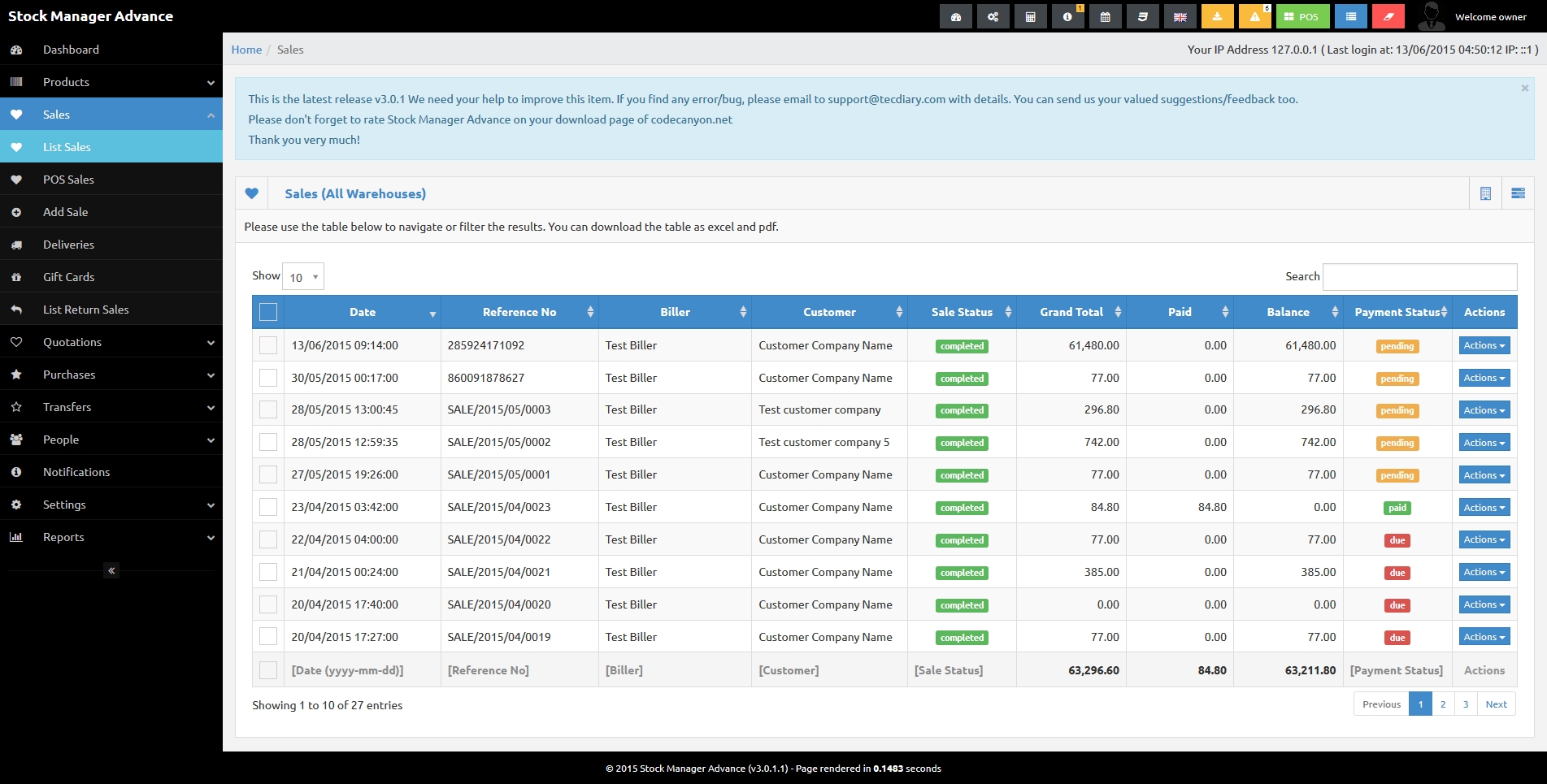

For example, a spinoff should not be used when there is corporate discord, because it will result in pro rata ownership of the distributing and new corporations by the existing shareholders. Observation: When deciding the form of corporate division to undertake, its purpose should be considered. then transfers the B stock pro rata to its shareholders. is formed, and the hazardous waste disposal business is transferred to it in exchange for all of its stock. then transfers the B stock on a pro rata or non-pro rata basis to some or all of its shareholders in exchange for part or all of their A stock. shareholders on either a pro rata or non-pro rata basis, and A is liquidated. The B and C stock is distributed to the A Corp. is formed, and the trucking business is transferred to it in exchange for all of its stock. Because of insurance concerns, the board of directors decides to operate the two businesses separately: operates a trucking business and a hazardous waste disposal business. In the following examples, assume that A Corp.

The transferor corporation then distributes the new corporation's stock to its shareholders, who are not required to give up any part of their stock in the transferor corporation. In a spinoff, certain assets of a corporation are transferred to a newly created corporation in exchange for all of the new corporation's stock.The transferor corporation then distributes the new corporation's stock to one (or one group of) shareholder(s), who are required to give up their stock in the transferor corporation in exchange. In a split-off, certain assets of a corporation are transferred to a newly created corporation in exchange for all of the new corporation's stock.The distribution of the controlled corporations' stock can be made on a pro rata or non-pro rata basis. The stock of the controlled corporations is then distributed to the transferor corporation's shareholders, and the transferor corporation is liquidated. In a split-up, assets are transferred from one corporation to two or more controlled corporations.

Type D divisive reorganizations can take the form of a split- up, a split- off, or a spinoff, whereby a corporation transfers part of its assets to one or more controlled corporations, which then distribute their stock in one of the following ways: Such transactions occur because the two businesses are perceived to be worth more individually than together, or because the shareholders want to split, with some owning one business (via owning the stock of one of the corporations) and others owning another (via owning the stock of the other corporation). However, the most common uses of D reorganizations involve the splitting of one corporation into two or more corporations in transactions commonly described as split- ups, split- offs, and spinoffs. Type D reorganizations can be either acquisitive or divisive. 368(a)(1)(D), stock or securities of the corporation to which the assets are transferred must be distributed to the transferor's shareholders in a transaction that qualifies under Sec. For divisive D reorganizations, control means ownership of at least 80% of the total voting stock and at least 80% of the total number of shares of all other classes of stock (Sec. Immediately after the transfer, the transferor corporation or its shareholders must be in control of the corporation to which the assets are transferred (Sec. A Type D reorganization involves a transfer of assets between corporations.


 0 kommentar(er)
0 kommentar(er)
